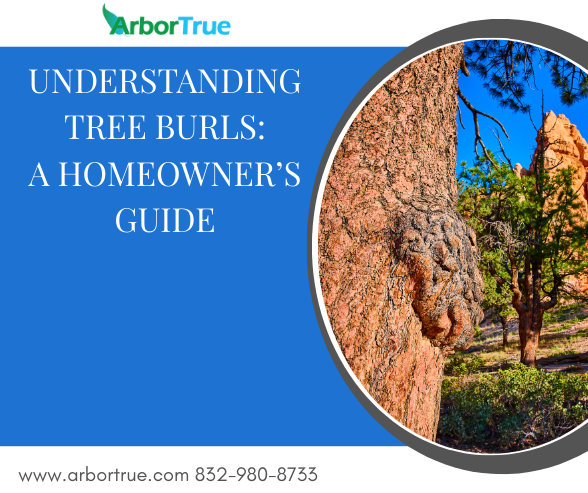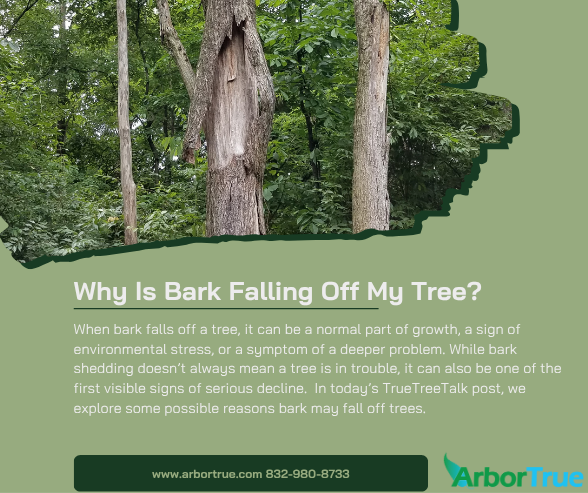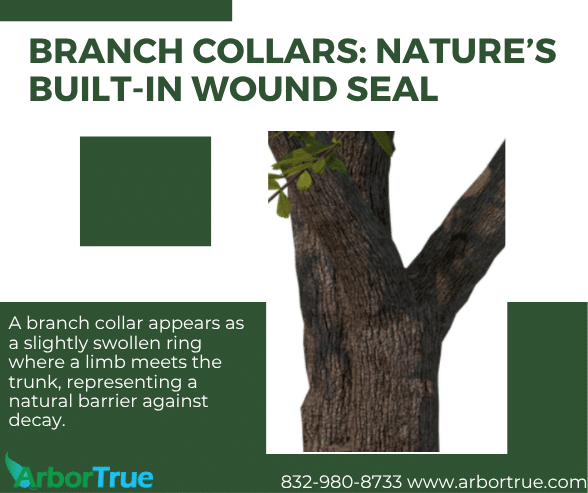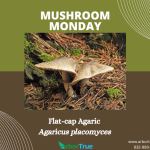
Mushroom Monday: Flat-cap Agaric (Agaricus placomyces)
July 21, 2025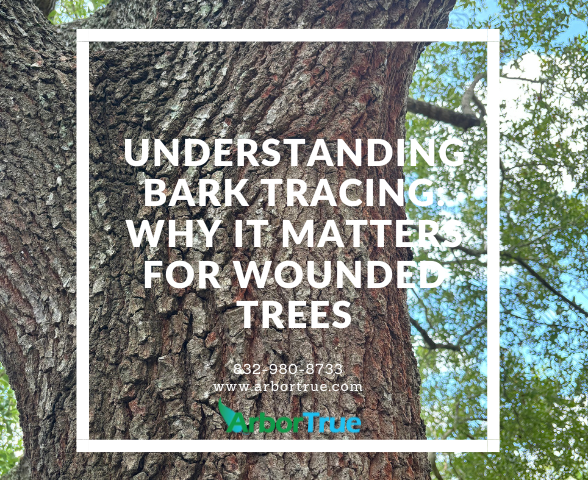
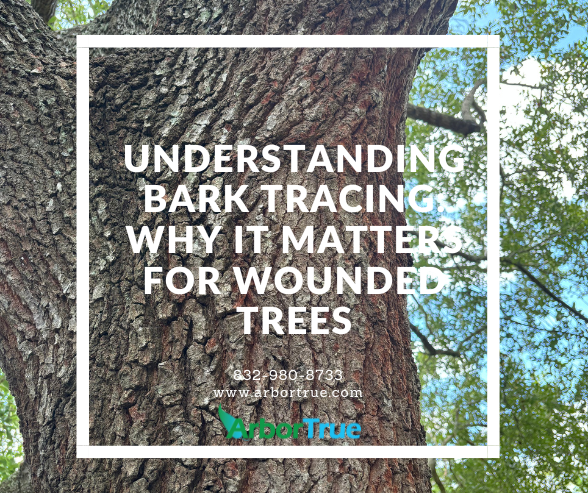
Understanding Bark Tracing: Why It Matters for Wounded Trees
When a tree suffers damage to its bark, the effects can linger for years—sometimes permanently. In some cases, wounds seal over. In others, they don’t. Why the difference? One reason may be bark tracing.
Bark tracing is a process that helps a tree close over a wound by removing ragged, torn, or crushed bark along the wound’s edge. While the procedure itself should only be done by a professional, homeowners can still benefit from understanding when bark tracing might be needed—and what it does for a tree.
What Happens When Tree Bark Is Damaged?
A tree’s bark plays a vital role in protecting the living tissues beneath. When bark is torn away or badly damaged, the tree becomes vulnerable. Its vascular tissue may be exposed, impeding the flow of nutrients and water. The wound also becomes an entry point for decay-causing fungi or bacteria. Insects and other pests may follow, especially if the wound begins to decay.
Fortunately, trees have a natural ability to isolate damage. They do this through a process known as compartmentalization, forming specialized tissue called callus wood around the wound. Over time, if the tree is healthy and the damage is minimal, this callus tissue can seal off the area and prevent decay from spreading any further.
But not all wounds seal successfully. The difference can lie in how clean the wound is.
What Is Bark Tracing?
Bark tracing is the careful removal of loose, jagged, or crushed bark from around a wound, using specialized tools like a chisel and hammer or a sharp knife. The goal is to shape the wound into a clean, elongated oval—never with sharp corners—and to make sure the remaining bark is firmly attached to the tree. Importantly, this work should never cut deeper than the bark layer itself.
Why does this help? Because new callus tissue forms more easily and evenly around a clean wound than a jagged one. This is especially important in urban and suburban environments where trees are frequently wounded—whether by mowers, trimmers, construction, storms, or even wildlife.
When Might Bark Tracing Be Needed?
Not every bark wound needs bark tracing. In many cases, the tree may be able to compartmentalize the damage on its own. But if the wound is large, jagged, or has bark that is torn and loose, tracing the bark might improve the tree’s chances of sealing over the area.
A professional arborist can assess the wound and determine whether tracing is appropriate. For example, if more than 25% of the bark around the circumference has been damaged, intervention may be needed. In more severe cases, where over 50% of the trunk’s bark around the circumference is lost or compromised, bark tracing may not be enough—removal may need to be considered.
What Comes Next?
Even after tracing, a wounded tree needs care. That may include proper watering during dry periods, tree fertilization, and attention to root health. Mulching around the base of the tree can help retain moisture and protect against further injury—but mulch should never be piled against the trunk.
In some cases, additional steps may be needed to assess structural integrity. While a wound may eventually seal over, the area can remain weaker than the surrounding wood. Regular monitoring may be necessary to avoid future hazards.
A Word of Caution
Bark tracing should not be attempted by homeowners. It requires experience, proper tools, and a clear understanding of how trees grow and compartmentalize. Tracing a wound too deeply or improperly can worsen the damage and make recovery more difficult.
If you’ve noticed a wound on your tree—especially one with jagged bark that hasn’t sealed over—it may be time to call in an expert.
If you found this information about bark tracing helpful, contact the qualified arborists at ArborTrue to schedule a tree evaluation. We can assess the condition of your trees, determine whether bark tracing is needed, and help you take the best possible care of your landscape.
Check out our other posts on our TrueTreeTalk blog. Follow us on Facebook to keep up with these and other posts. Check out our list of blog posts grouped by topic for more to read. Also, follow us on LinkedIn for industry-related posts.
* * *
ArborTrue is a science-based tree service company in the greater Houston area. We also serve Austin and other parts of Central Texas. We provide a range of services including tree trimming, tree pruning, tree removal, tree planting, arborist consultations, and more. Call us today at 832-980-8733 (Houston) or at 512-546-3833 (Austin) or reach out to us online to schedule an appointment.
ArborTrue has a dedicated landscaping division, now serving select areas in the greater Houston region—with more locations coming soon. We specialize in organic practices, soil biology, and ecological health to help your entire landscape truly thrive. To learn more or schedule a consultation, contact us at landscape@arbortrue.com.

